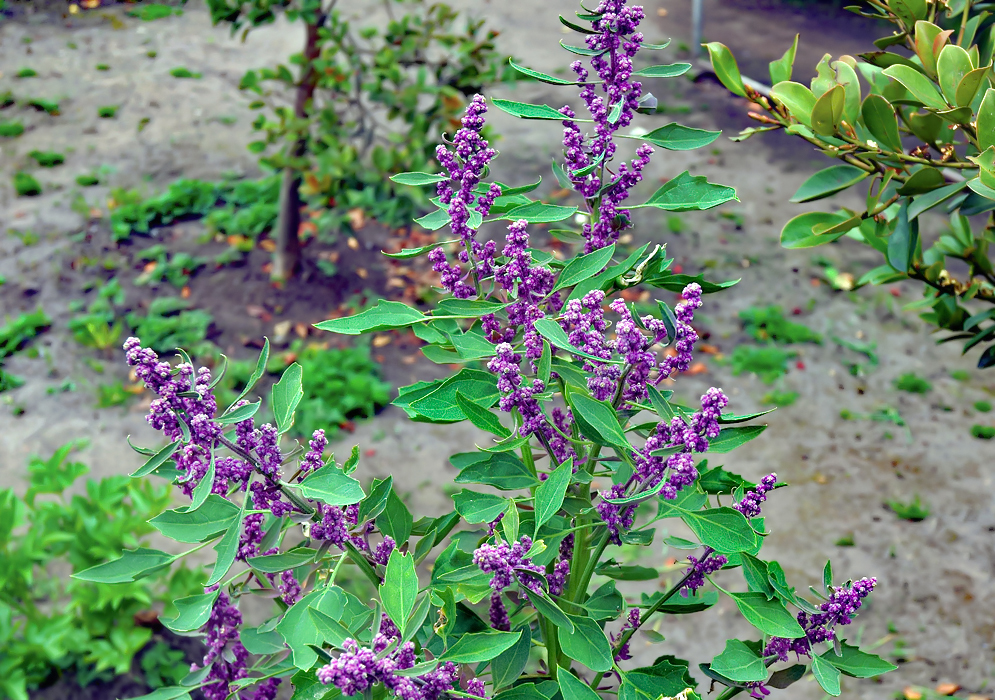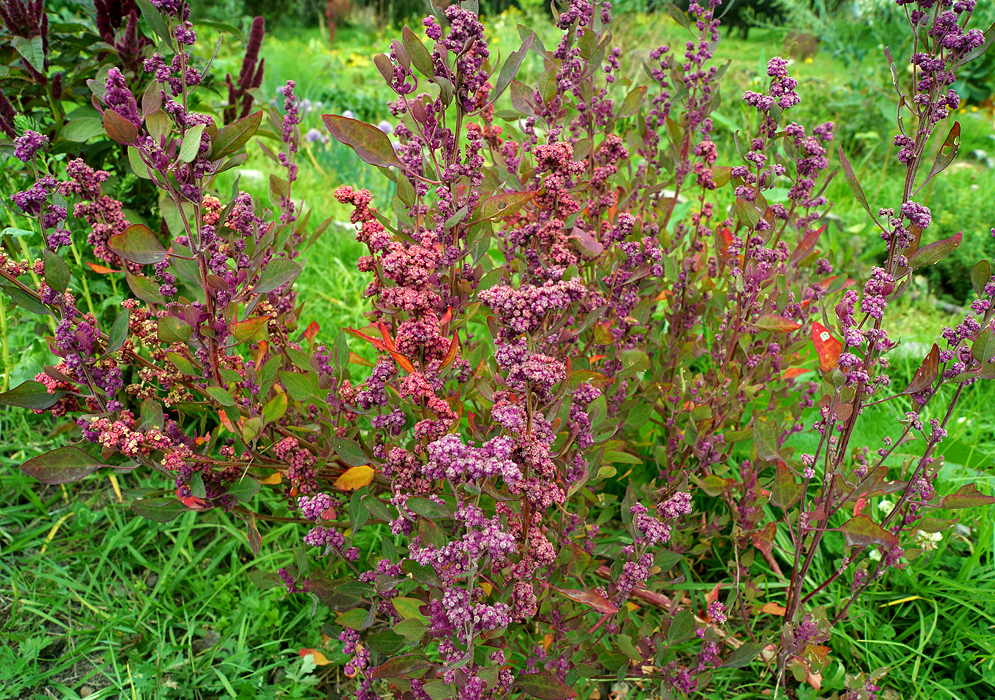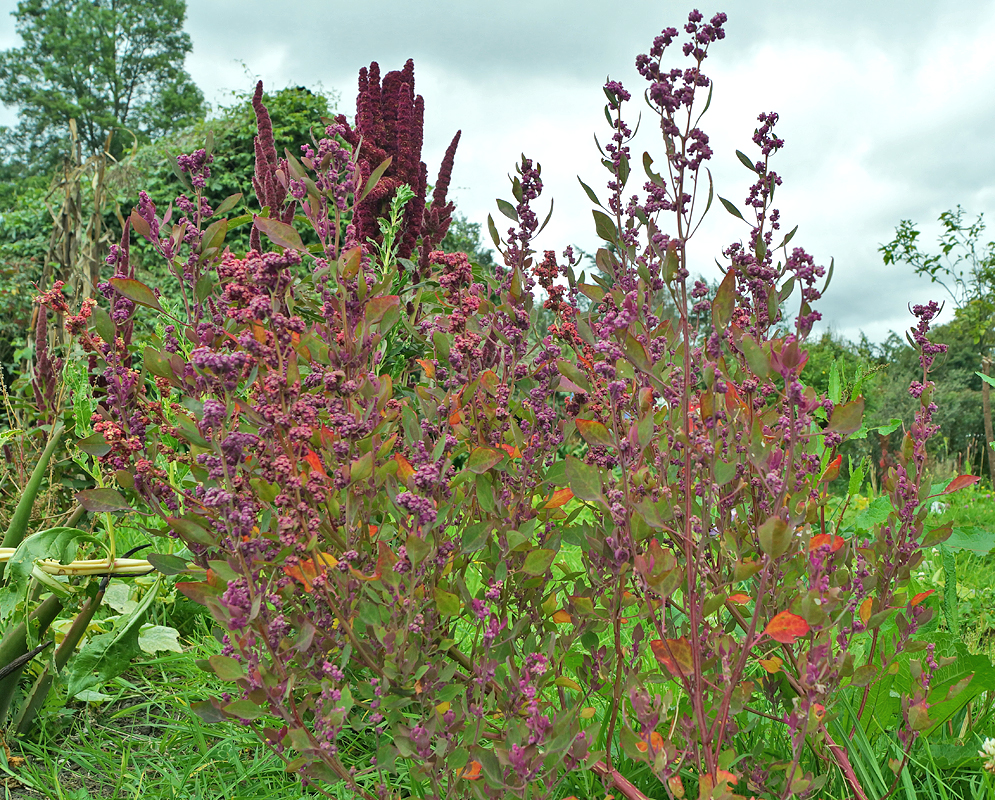This post has 11 Simple Fields-fields attached. Show fields.

Originating from the Andean region of South America, particularly centered around Lake Titicaca in Peru and Bolivia. Commonly known as quinoa an ancient crop believed to have been domesticated multiple times over 3,000 to 7,000 years ago, it was a staple food for pre-Columbian. The regions of Peru, Bolivia, and Ecuador are today's primary producers. Renowned for its nutritional richness, quinoa surpasses other grains in nutritional content, offering a high amount of essential fatty acids, minerals, vitamins, dietary fibers, and carbohydrates. It also stands out for its gluten-free nature. Quinoa's seeds present in a range of colors—white, red, or black, dependent on the cultivar, with its green flowers being generally self-fertilizing although cross-pollination occurs. The protein content of quinoa is higher than that of many other cereals, and its balanced amino acid profile even allows it to serve as an alternative to milk proteins, marking it an excellent protein source. Quinoa has been recognized for its potential protective effects against cardiovascular, metabolic, and degenerative diseases, and is known to boost the immune system, alleviate post-menopausal symptoms, and promote muscle mass increase. Furthermore, the nutritional richness of quinoa has led to its selection as an experimental crop in NASA's Controlled Ecological Life Support System for long-duration human-occupied space flights. Photographed in the department of Cundinamarca, Colombia.





